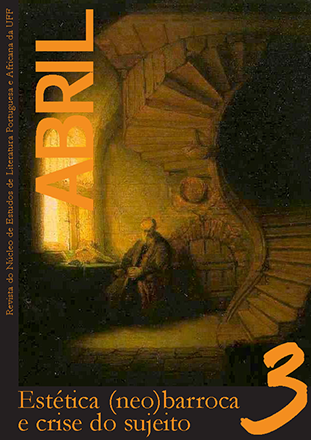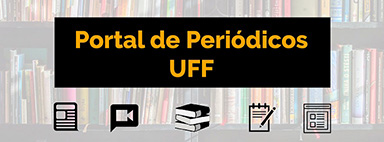“A fuga para o Egipto” (the escape to Egypt): colour pulsation and meaning in a (neo)baroque concert
DOI:
https://doi.org/10.22409/abriluff.v2i3.29797Keywords:
intersemiotic discourse, Baroque and the Neo-baroque, Contemporary Portuguese narrativeAbstract
The present article consists of an intersemiotic analysis of Mário Cláudio’s novella A fuga para o Egipto. This analysis is based on the following assumptions: 1) The writer has transformed Giambattista Tiepolo’s painting The flight into Egypt into words through the implementation of ekphrasis, which reproduces the chiaroscuro technique, the proportions, the geometry and the baroque themes which were used by the Venetian artist in his painting. 2) The novella establishes an analogy between itself and baroque music through the transformation of the aforementioned painting into a theme and by enabling each of its characters, who speak in monologues, to have a voice. This has conferred the “flight” a new musical art. 3) The metamorphosis of the painting into a text appears as a result of an observation of the human saga and the evolution of craftsmanship into art in a sensible and theoretical manner.
Downloads
Downloads
Published
How to Cite
Issue
Section
License
I authorize the journal Abril - NEPA/UFF to publish the paper of my authorship/responsibility that I now submit, in case it is accepted for online publication.
Moreover, I declare that this contribution is original, that it was not submitted to any other editor for publication, and I sign the present declaration attesting the truth of all its contents.
The copyright of the works published at the virtual space of the journal Abril - NEPA/UFF are automatically entitled to the journal. Their total or partial reproduction is conditioned to the authors' citations and publication data.

Abril is licensed under a Creative Commons - Attribution-NonCommercial 4.0 International (CC BY-NC 4.0).









